
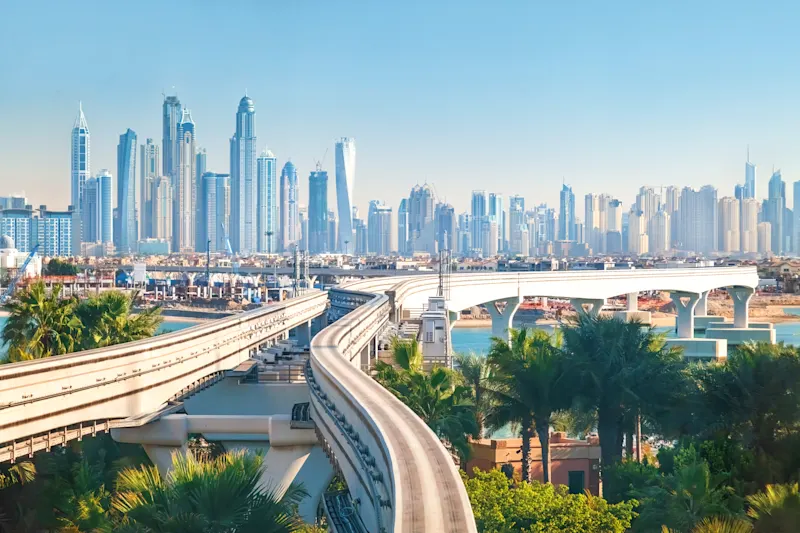
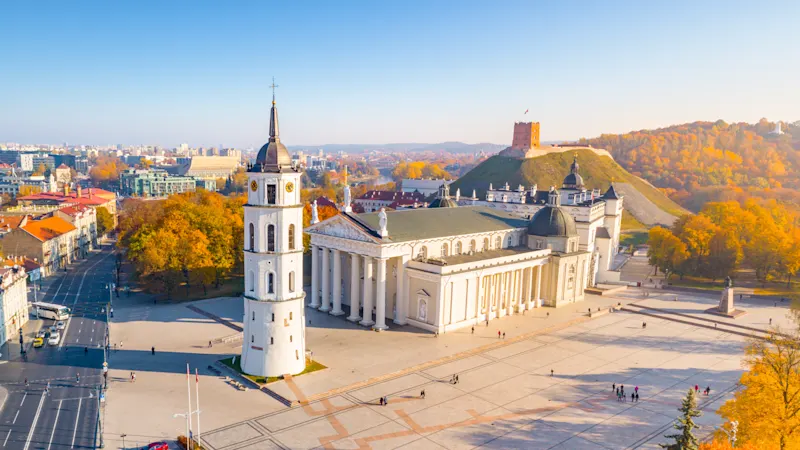
20 Destinations That Have Transformed the Most in 20 Years
Your tailor-made itinerary – No cost, no commitment
Which destinations have transformed the most in the last 20 years? From Mumbai to Medellin, cities around the world that were not previously known as travel destinations have enjoyed a surge in popularity in the 21st century, thanks to cheaper air travel, new attractions, improved safety, and increasingly adventurous travelers. At Tourlane, our Travel Experts researched 20 trendy cities that experienced more than a 100% increase in arrivals since 2000. Learn more about these extraordinary cities below!

1. Doha, Qatar - 992% increase in arrivals
Qatar’s capital and largest city has transformed beyond recognition in the last 20 years. Every passenger arriving in the city by air is greeted by the vast Hamad International Airport, which opened in 2014 and cost $17 billion. Once in the center of Doha, be sure to check out other striking new additions to the city, including the Museum of Islamic Art (2008), the Qatar National Library (2012), and the National Museum of Qatar (2019). The construction frenzy is set to continue, as the city will host the 2022 World Cup.
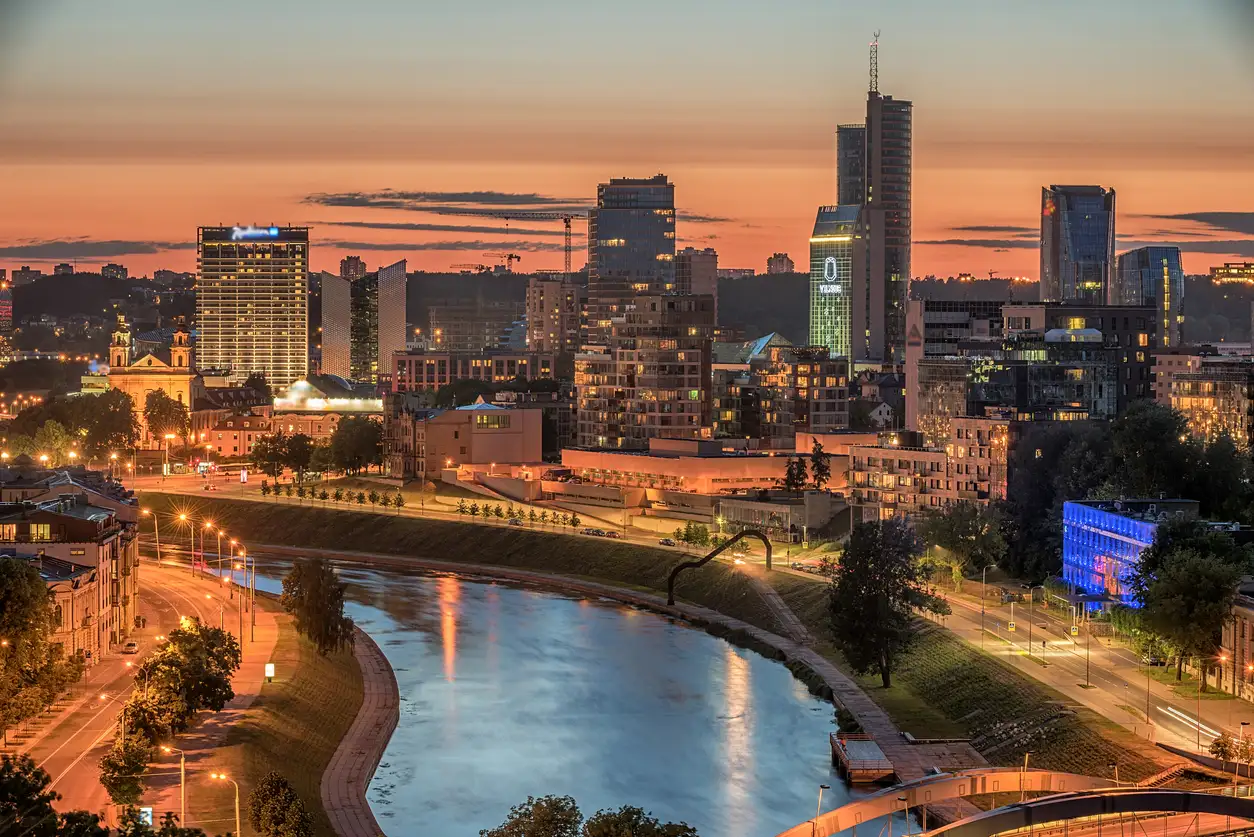
2. Vilnius, Lithuania - 885% increase in arrivals
Lithuania was the first Baltic state to declare independence from the Soviet Union in the 1990s. Since then, the country has experienced an unprecedented period of growth and prosperity. Nowhere is this more visible than in the capital, Vilnius. New hotels and offices soar above the River Neris, to accommodate the ever-increasing number of companies and visitors drawn to the city. Vilnius reached an important milestone back in 2009, when it was crowned the European Capital of Culture in 2009.
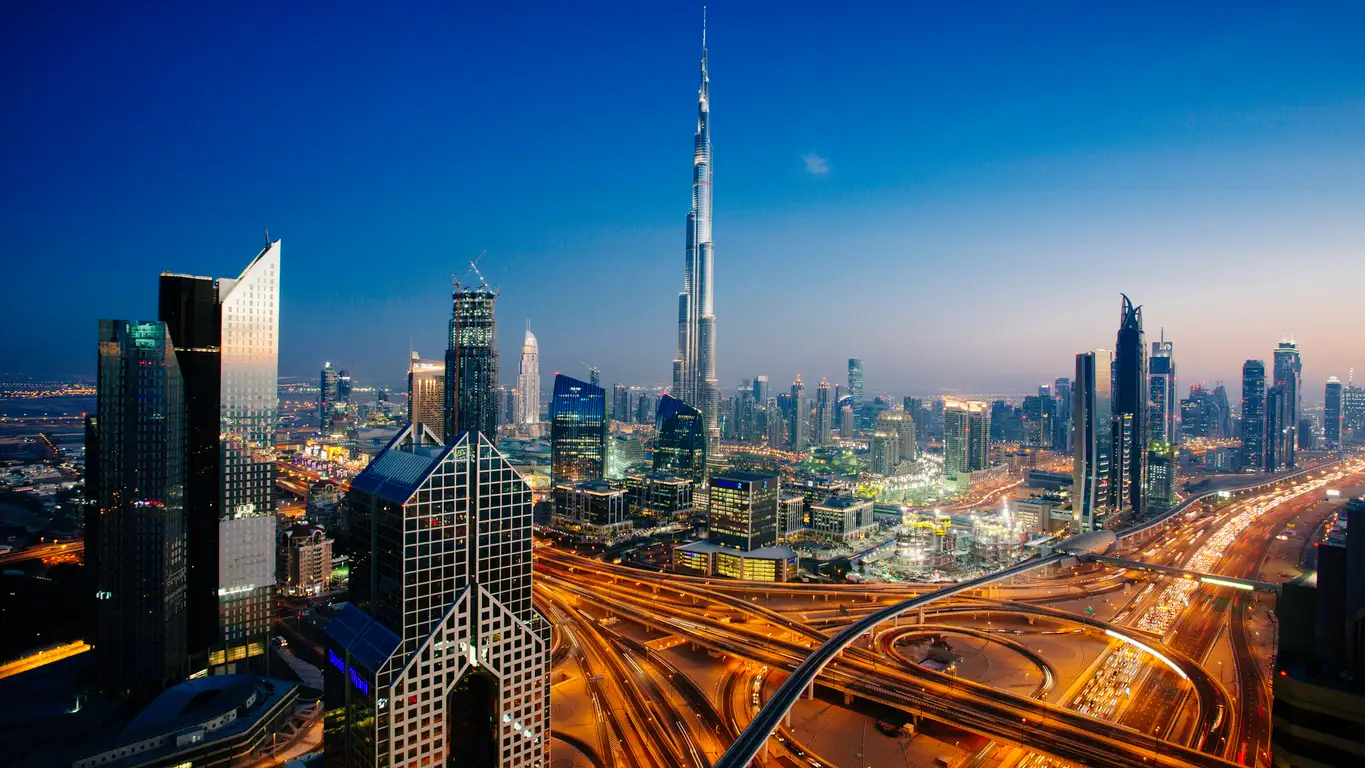
3. Dubai, United Arab Emirates - 625% increase in arrivals
Once a quiet port in the Gulf, Dubai is now an Alpha + world city. Home to the world’s busiest airport by international passenger traffic, Dubai has diversified beyond oil and is now a global center for trade, tourism, and real estate. The city is home to the world’s tallest building, the Burj Khalifa, that opened in 2010 and reaches 2,722 feet. In 2011, the Dubai Mall opened, which is now the most visited building on earth, attracting 54 million visitors a year.
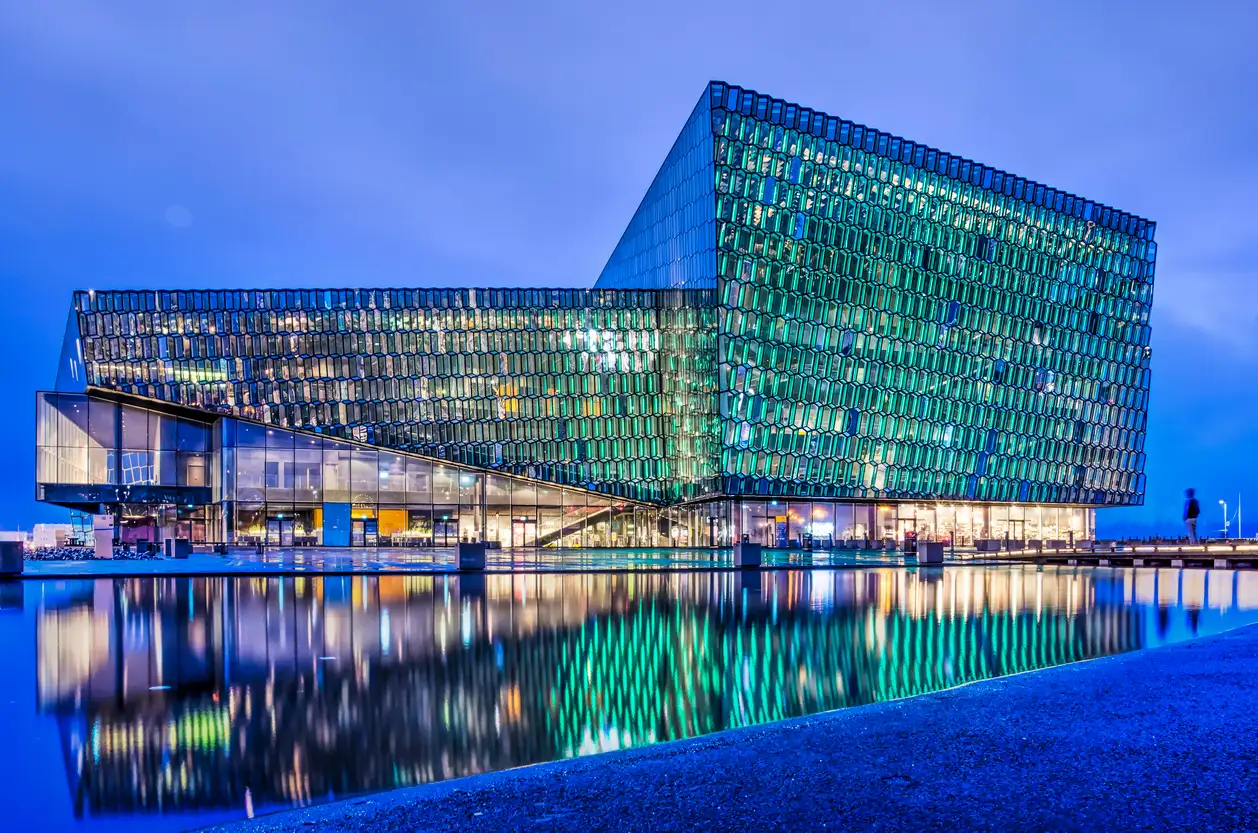
4. Reykjavik, Iceland - 574% increase in arrivals
20 years ago, few travelers chose to visit this sparsely populated Nordic nation. Nowadays, Iceland lures visitors from around the globe, with its striking landscapes, hot springs, and other natural wonders offering something truly unique. More and more passengers are taking advantage of its unique geographical position in between North America and Europe, and choose to spend a night or two in the charming capital, Reykjavik.
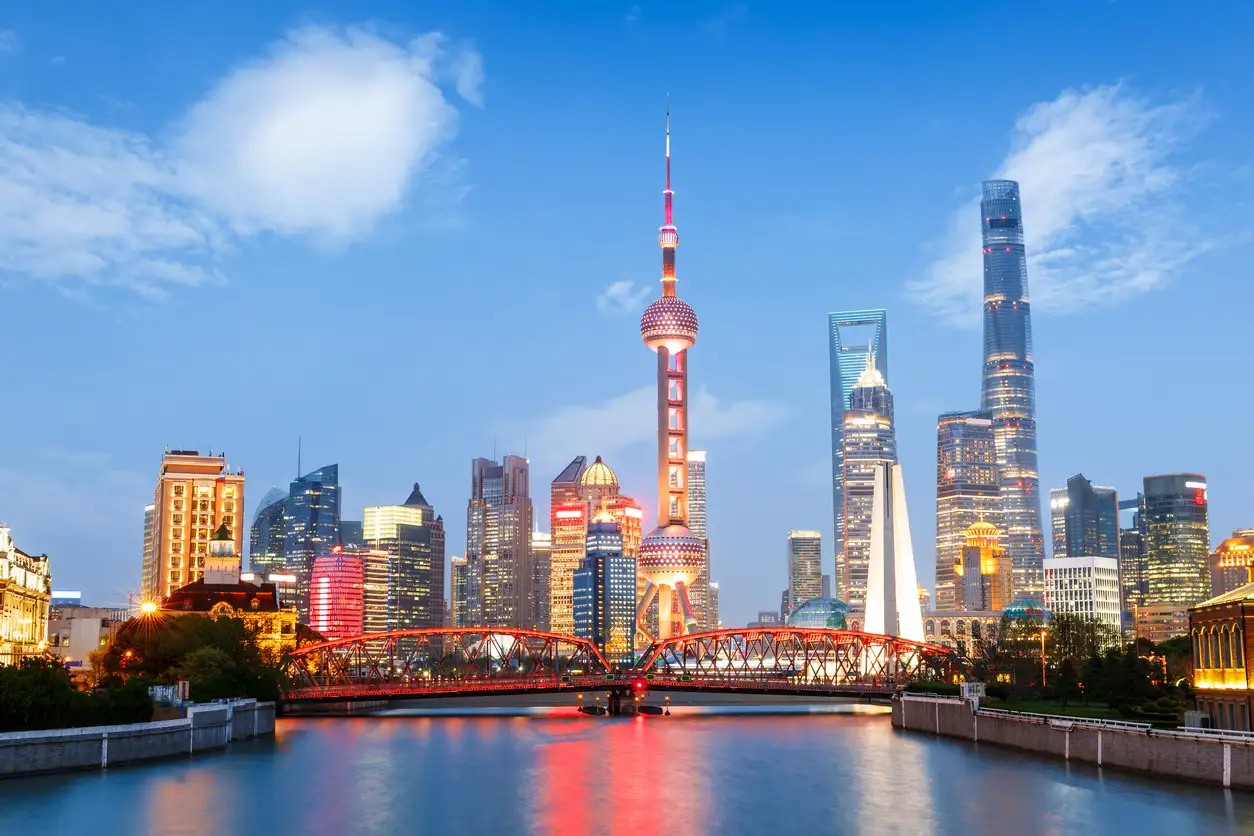
5. Shanghai, China - 565% increase in arrivals
Once a quiet fishing village, Shanghai is now the second most populous city in the world. Its rapidly evolving skyline perfectly reflects the booming Chinese economy. Supertalls such as the Shanghai World Financial Center and the Shanghai Tower (home to the world’s highest observation deck) have been completed since the turn of the century. Below the city, the Shanghai Metro is now the second-longest metro system in the world, after decades of rapid expansion.
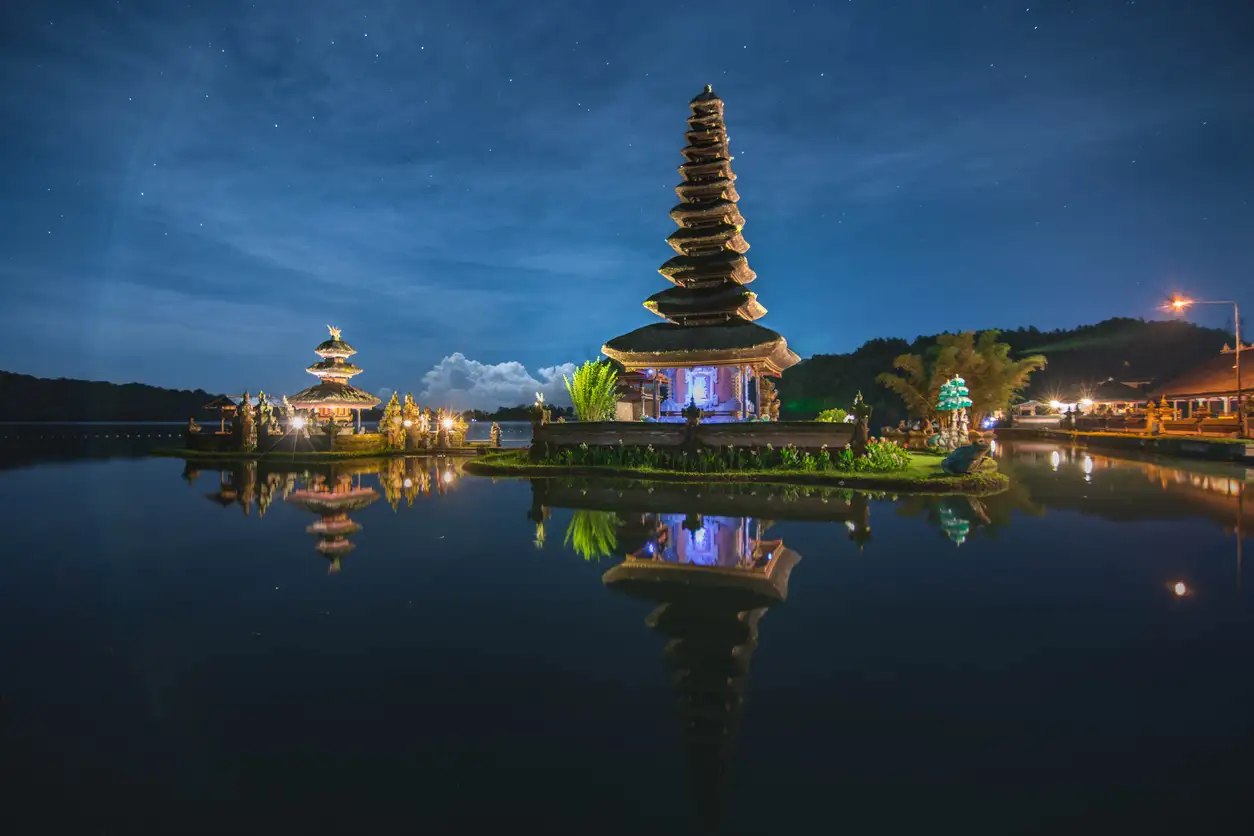
6. Denpasar, Bali, Indonesia - 435% increase in arrivals
Located close to the equator in the southern center of Indonesia, the beautiful island of Bali offers visitors spectacular year-round sun, immense biodiversity, and stunning beaches. Bali has experienced a meteoric rise to fame in the last 20 years, fuelled by a period of stability and the island’s immense popularity on social media channels. Nowadays, it is Indonesia’s premier travel destination, with an ever-increasing number of direct flights arriving into Denpasar.
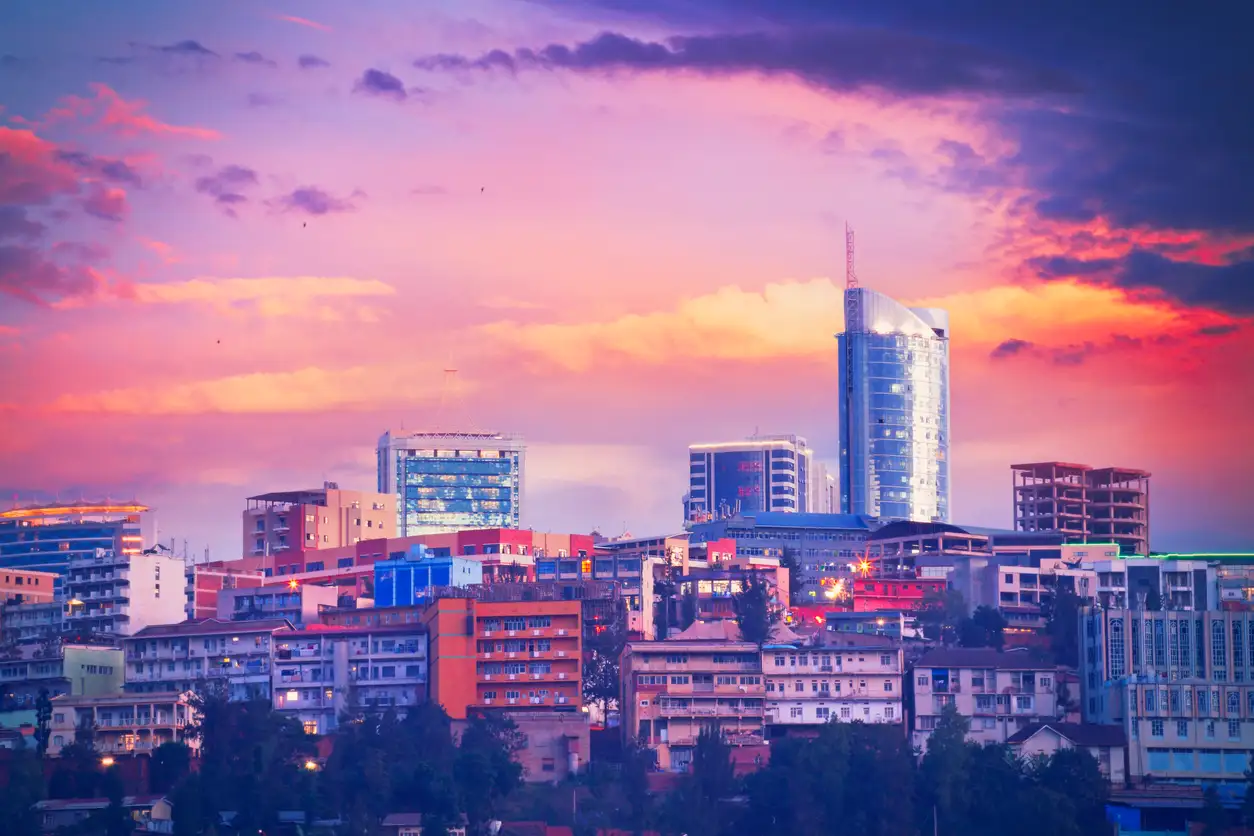
7. Kigali, Rwanda - 425% increase in arrivals
Rwanda has developed into one of Africa’s most prosperous countries. During the past two decades of growth and stability, there has been a huge amount of construction in the capital, Kigali, to accommodate its growing population, businesses, and visitors. Nowadays, modern skyscrapers and cranes tower above the city’s skyline, while an increasing number of eco tourism projects spring up in the surrounding countryside, drawing visitors from around the world.
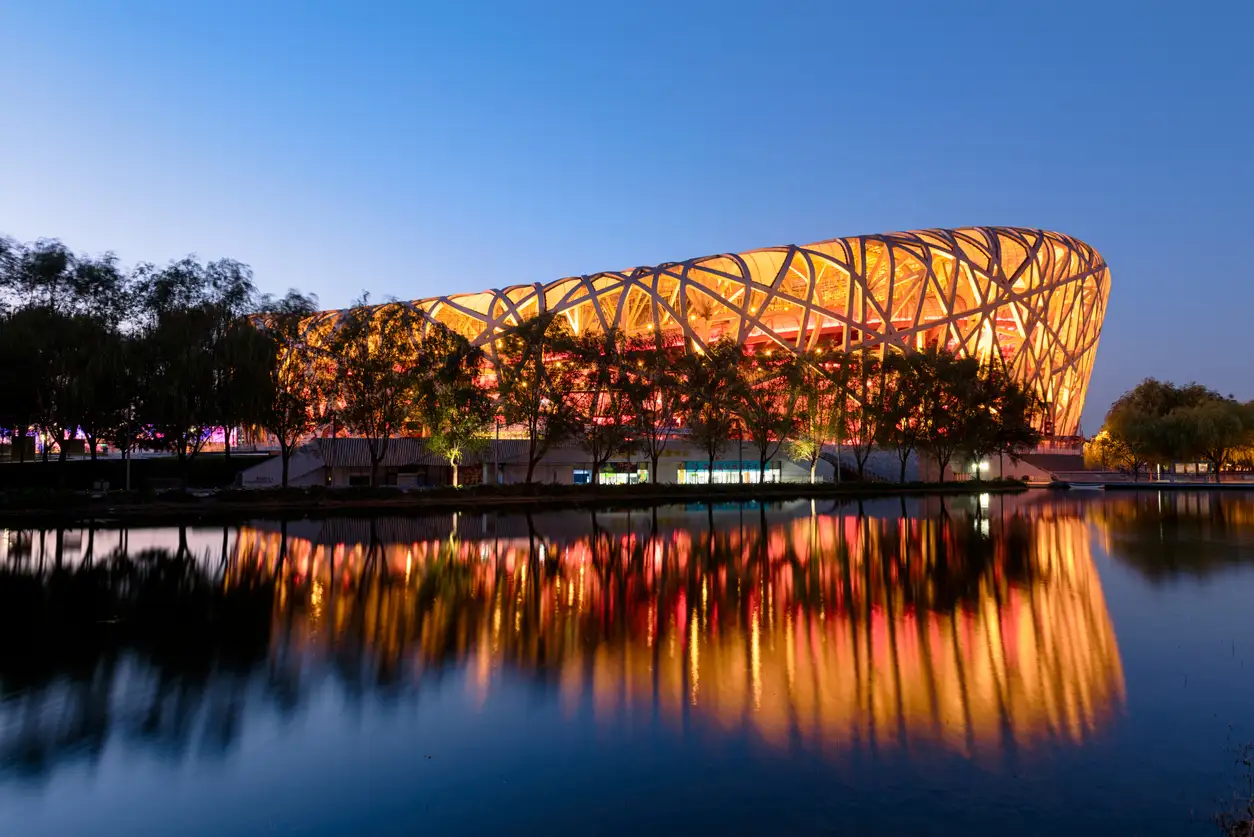
8. Beijing, China - 366% increase in arrivals
In the same way that China has developed into a world-leading economy, its capital Beijing has developed into a world city. The 2008 Olympic Games put the city on the map - the new National Stadium that resembles a birds nest is now recognized the world over. Since 2000, a plethora of big-scale construction projects have transformed the city’s skyline, including the National Center for the Performing Arts, the CMG Headquarters, and the Television Cultural Center.

9. Liverpool, England - 354% increase in arrivals
Liverpool experienced a boom in popularity in the 1960s, when its hometown stars The Beatles put the city on the world map. This friendly city in North West England has enjoyed a renaissance since the turn of the century. In 2004, parts of the city center were declared UNESCO World Heritage sites, and in 2008, the city was crowned European Capital of Culture. A multitude of construction projects have transformed the city center and are well worth visiting, including the new Museum of Liverpool.
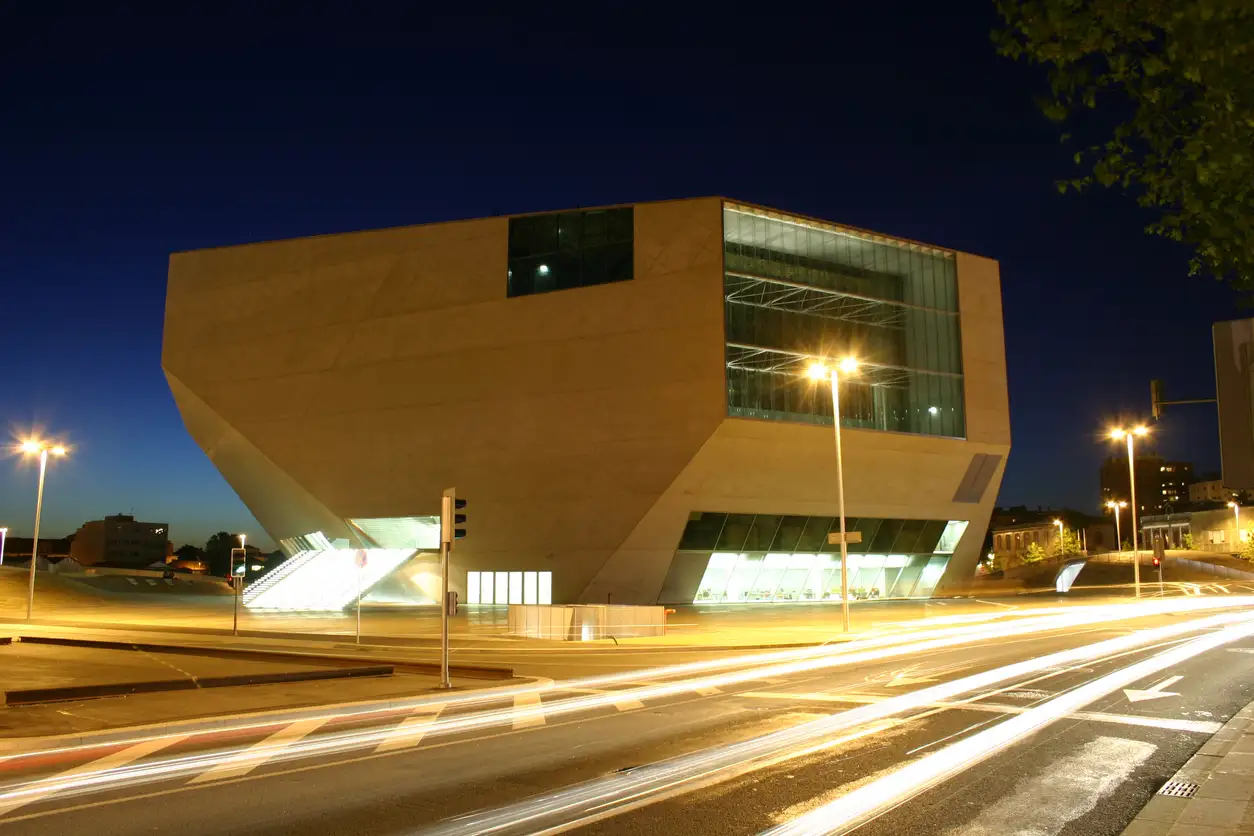
10. Porto, Portugal - 316% increase in arrivals
Porto kicked off the 21st century with a bang - it was the European Capital of Culture back in 2001. Not only did this result in a construction boom (with projects such as the Casa da Música changing the city’s skyline) - it put Porto into the global spotlight, and helped the city earn its well-deserved reputation as an excellent city break destination. Nowadays, it is particularly popular with foodies and wine enthusiasts, who are drawn in by its vibrant culinary scene and local wine production.
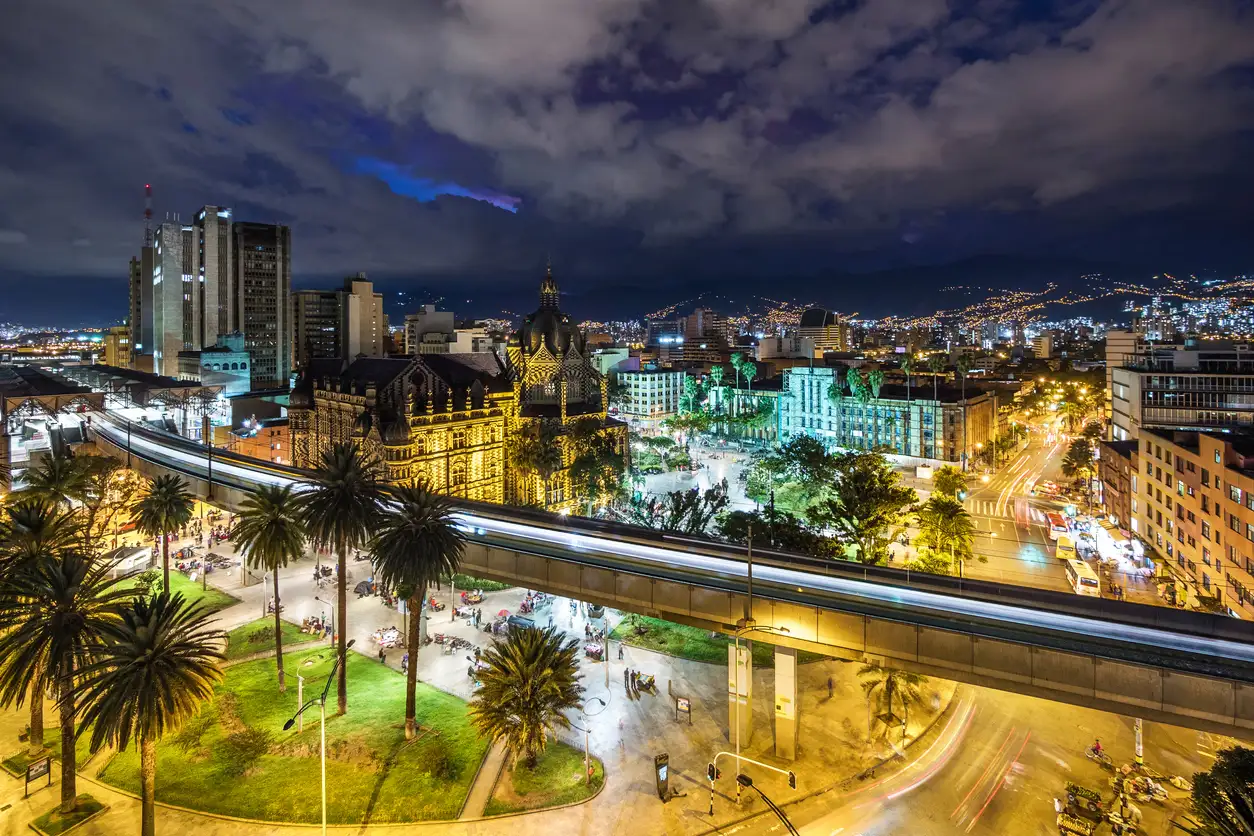
11. Medellín, Colombia - 354% increase in arrivals
Medellín has evolved into one of the hottest destinations in Latin America in the last 20 years. By developing an extensive transport network that now includes a metro system, tram, cable cars, and escalators, the city has successfully integrated once isolated communities, making it safer and more accessible for locals and visitors alike. With a glorious year-round climate, laid-back lifestyle, and a range of activities on offer, it’s easy to understand why Medellín’s surge in popularity.
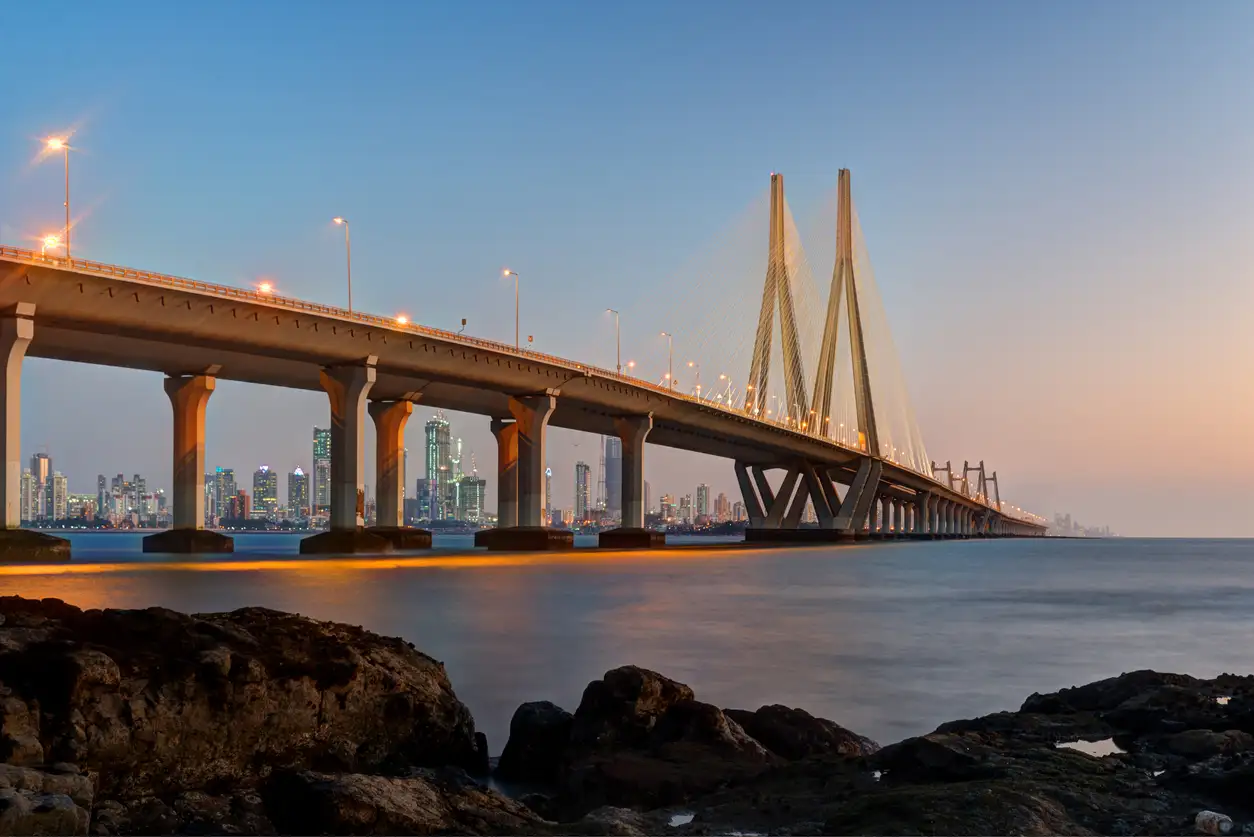
12. Mumbai, India - 275% increase in arrivals
Mumbai has grown to become India’s largest and most cosmopolitan city. If you want to experience a real sense of excitement and chaos while traveling, then look no further. Since 2000, the city’s population has grown by more than 5 million people, meaning Mumbai is now one of the world’s largest cities. Its seemingly endless skyline is peppered with cranes, new condos, and hotels. New bridges, metro lines, and airports are under construction to try and keep this metropolis moving through the next 20 years.
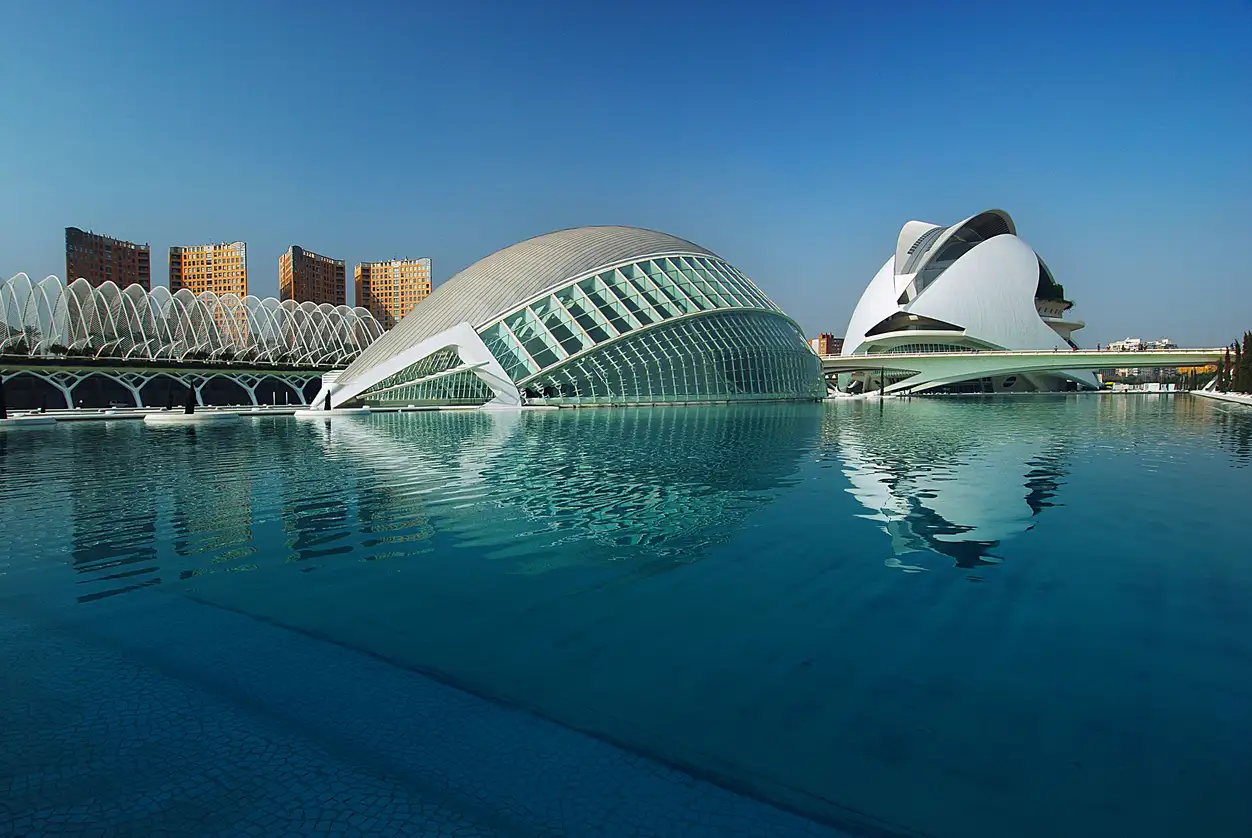
13. Valencia, Spain - 253% increase in arrivals
Valencia, Spain’s third largest city, has changed dramatically in the 21st century - largely due to the construction of the City of Arts and Sciences, a cultural complex that comprises seven iconic structures, including an IMAX, science museum, and opera house. Designed by hometown star architect Santiago Calatrava, this masterpiece of contemporary architecture has transformed the city’s skyline and attracts visitors from around the globe. Nowadays, this authentic Spanish destination is getting the attention it deserves.
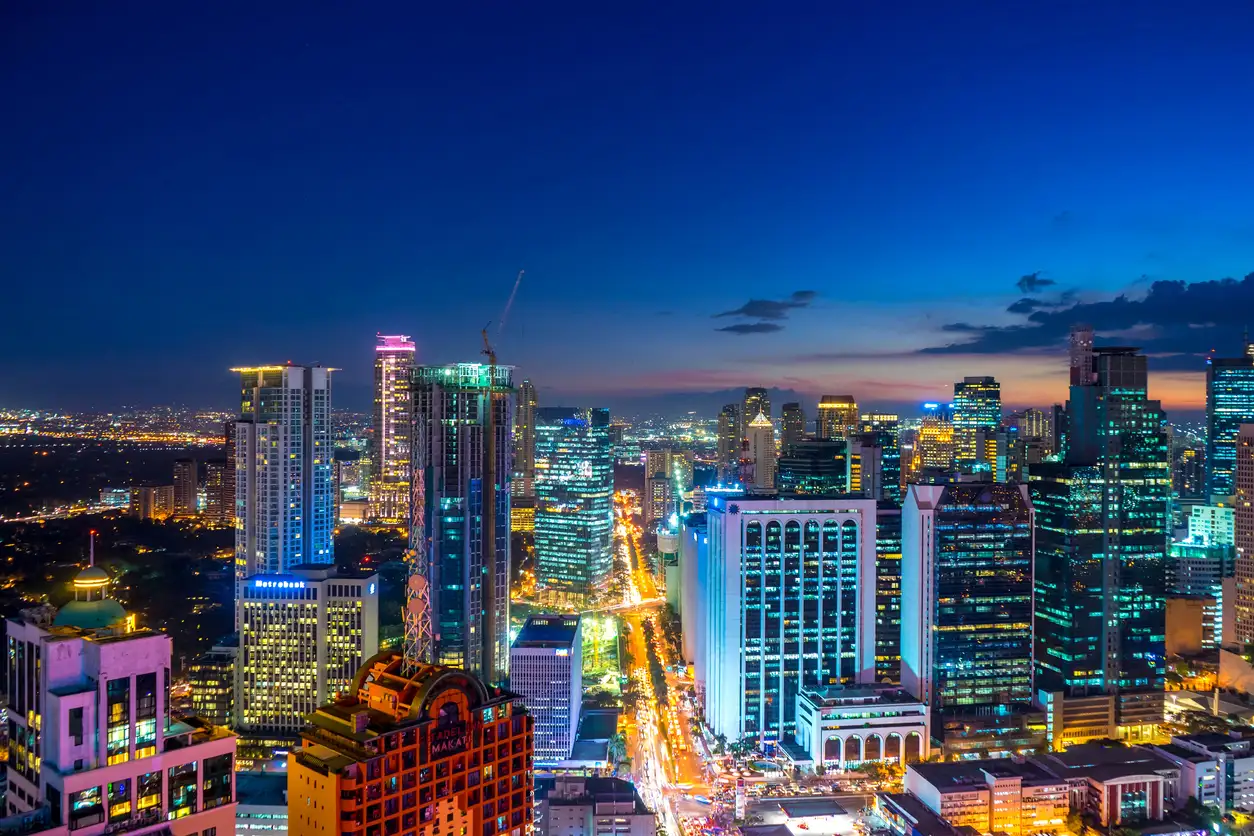
14. Manila, The Philippines - 252% increase in arrivals
Although most travelers are drawn to The Philippines because of its idyllic white beaches, sparkly waters, and dreamy palms, an increasing number are choosing to spend time in Manila, the country’s largest city and main point of entry. Manila’s urban area has grown by more than 3 million people since 2000, making it one the world’s fastest-growing regions. Spanish colonial architecture blends nicely with contemporary skyscrapers in this rapidly developing city, which is well worth a visit during a trip to The Philippines.
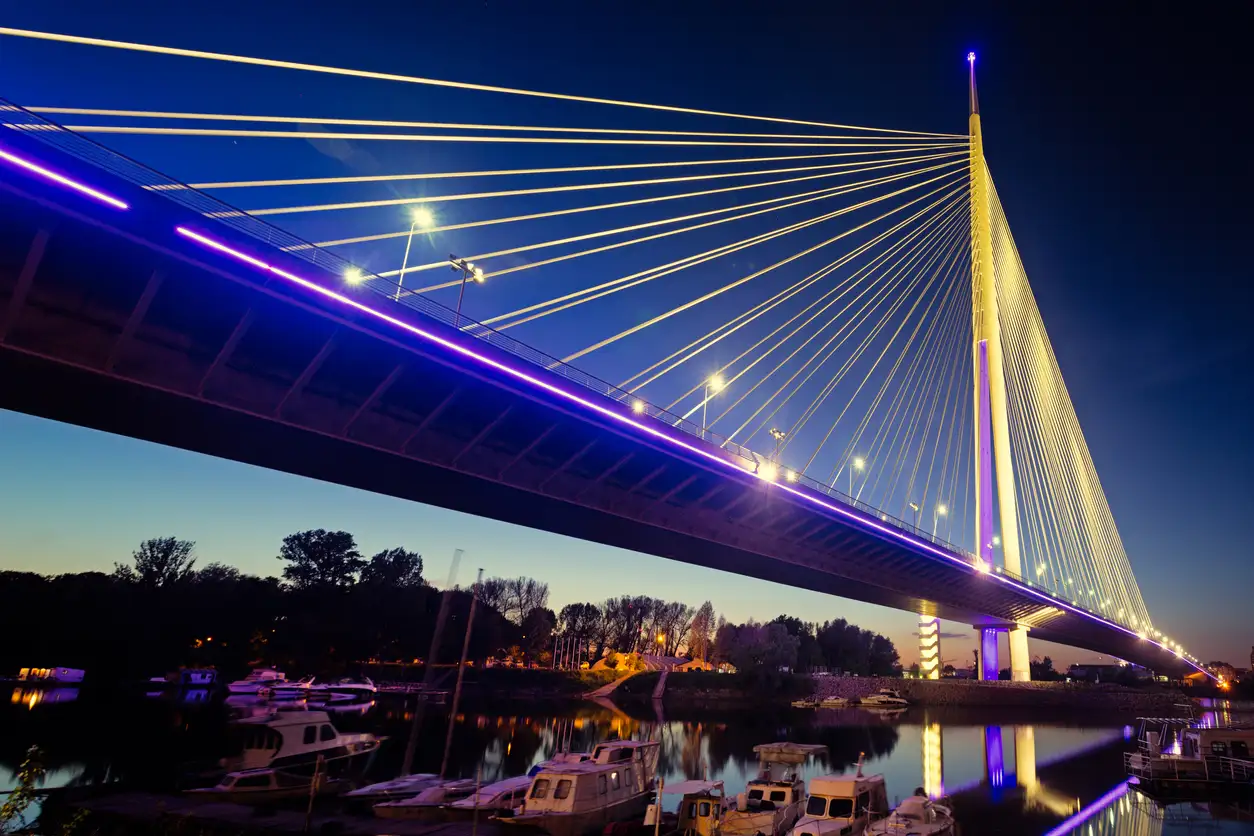
15. Belgrade, Serbia - 248% increase in arrivals
Since the dissolution of Yugoslavia in 1992, Serbia and its capital city, Belgrade, have experienced a period of rapid development. 20 years ago, few tourists visited Belgrade and the city lacked international connections. Since then, it has evolved into one of Europe’s trendiest destinations, offering travelers a plethora of experiences, ranging from medieval ruins to a pulsating night scene. The riverside district has transformed in particular, with new skyscrapers and the Ada bridge gracing the skyline.
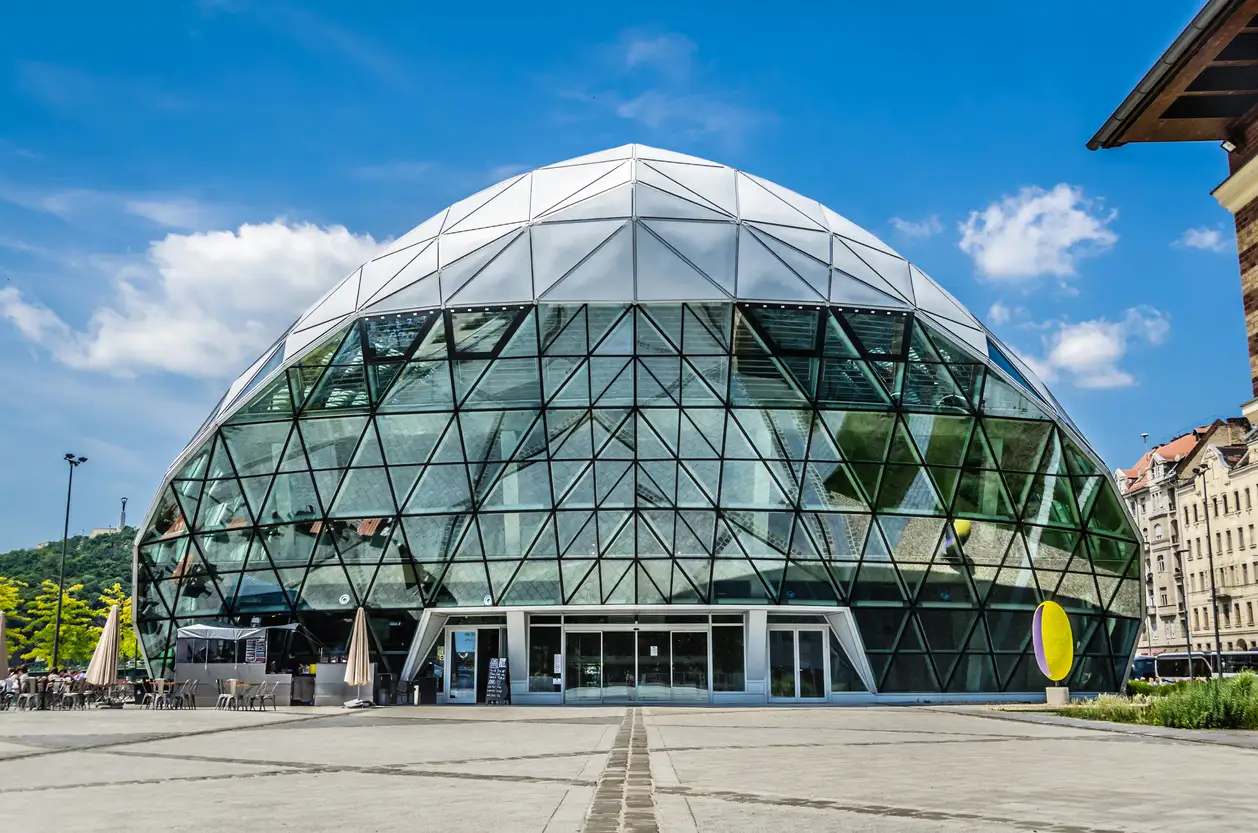
16. Budapest, Hungary - 224% increase in arrivals
One of the most striking cities in Europe, Budapest sits majestically on the Danube river. On one side sits the old city of Buda, perched on a hilltop overlooking the more modern Pest on the other. Before the fall of the Iron Curtain, few travelers knew of its immense beauty and hot springs. Nowadays, Budapest draws people from around the world who flock to marvel at its gothic spires, fascinating museums, not to mention its public baths - where locals and visitors relax in warm waters in grand surroundings.
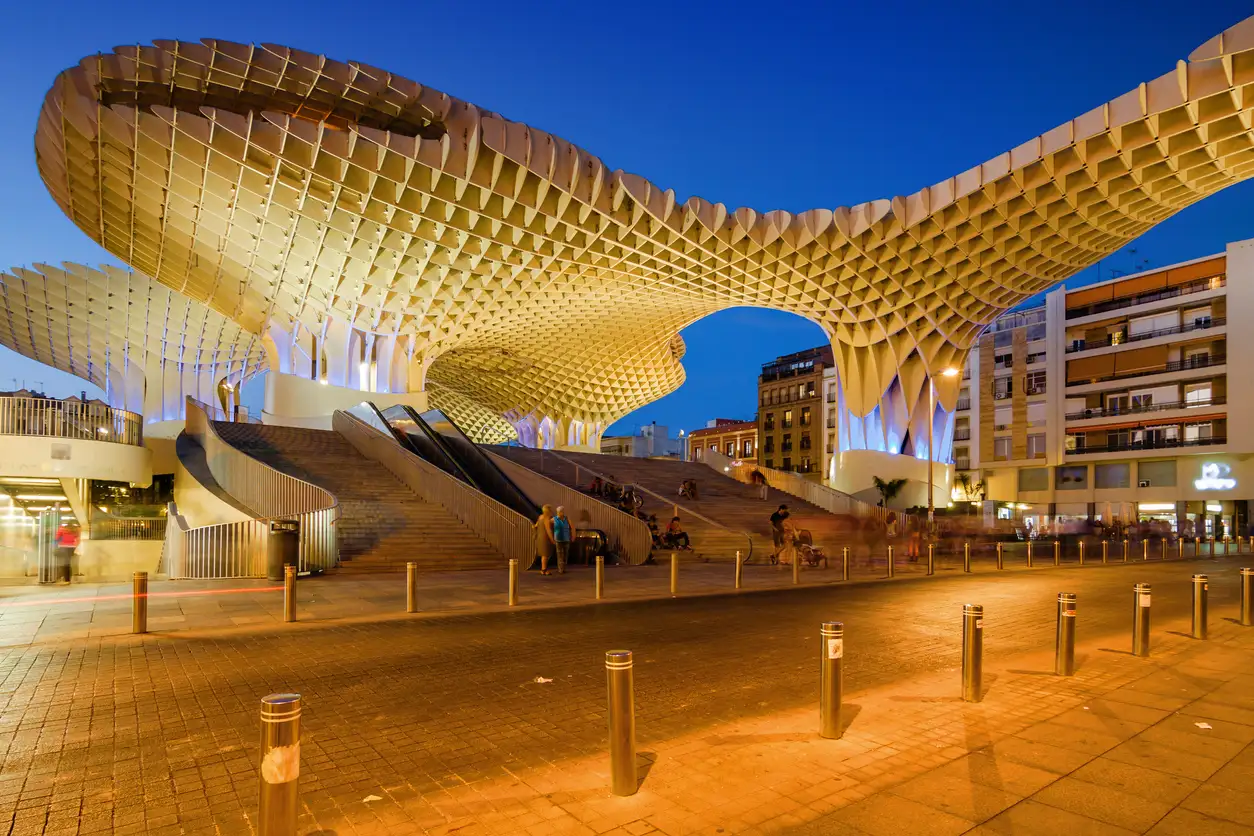
17. Seville, Spain - 213% increase in arrivals
The largest city in Andalusia and the fourth-largest city in Spain, Seville is one of the most extraordinary places on the Iberian peninsula. Despite being home to three UNESCO World Heritage sites, Seville was previously overshadowed by more famous destinations in Spain like Barcelona and the Costa del Sol. Since 2000, a boom in low-cost air travel and new developments such as the iconic Metropol Parasol (pictured) have drawn more and more visitors to the city.
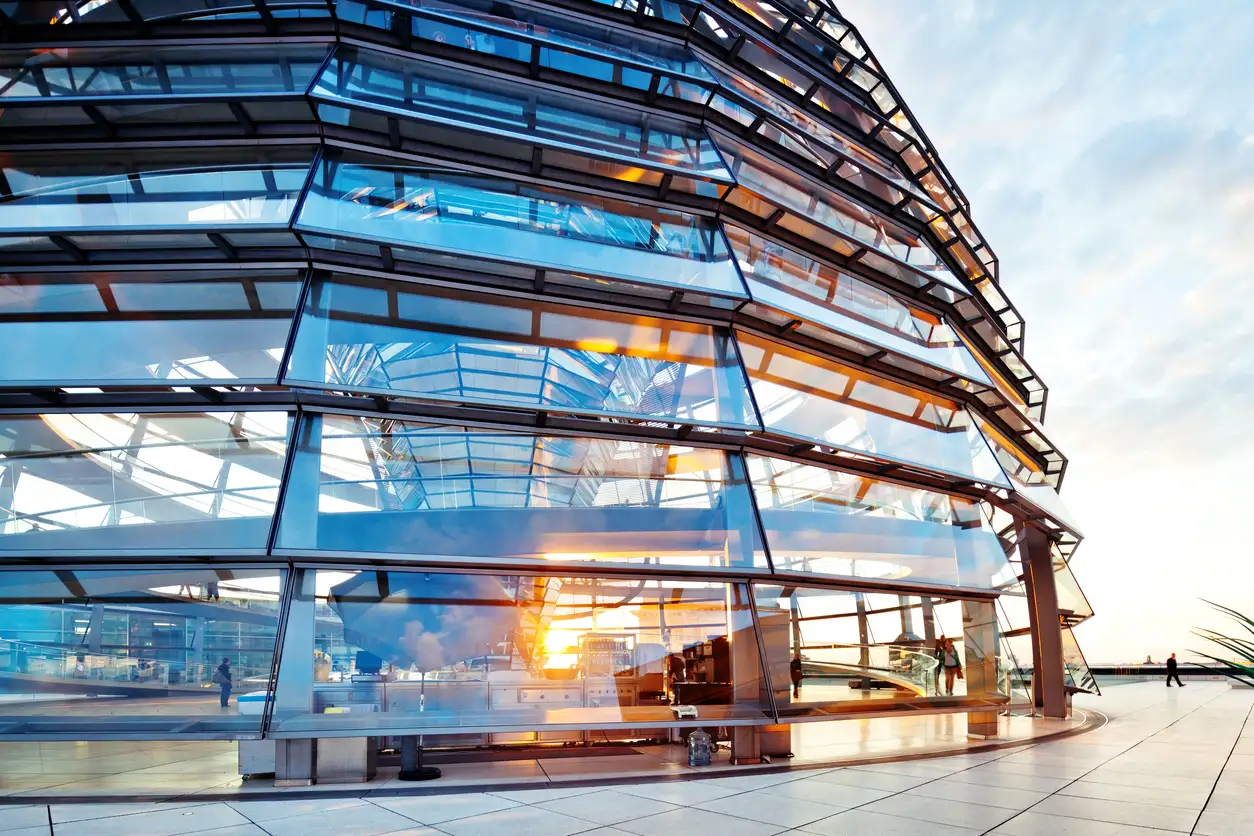
18. Berlin, Germany - 178% increase in arrivals
This once-divided city has transformed into one of the most cosmopolitan, entrepreneurial capitals in the world since reunification in 1990. Previously abandoned industrial warehouses are now home to world-famous nightclubs and tech startups. Art galleries, shopping malls, and entertainment complexes rise confidently from the land once occupied by the Berlin Wall. A must-see is the iconic Reichstag building, which perfectly embodies the city’s old-new character: a modern glass dome built in 1999 crowns the original 1894 structure.
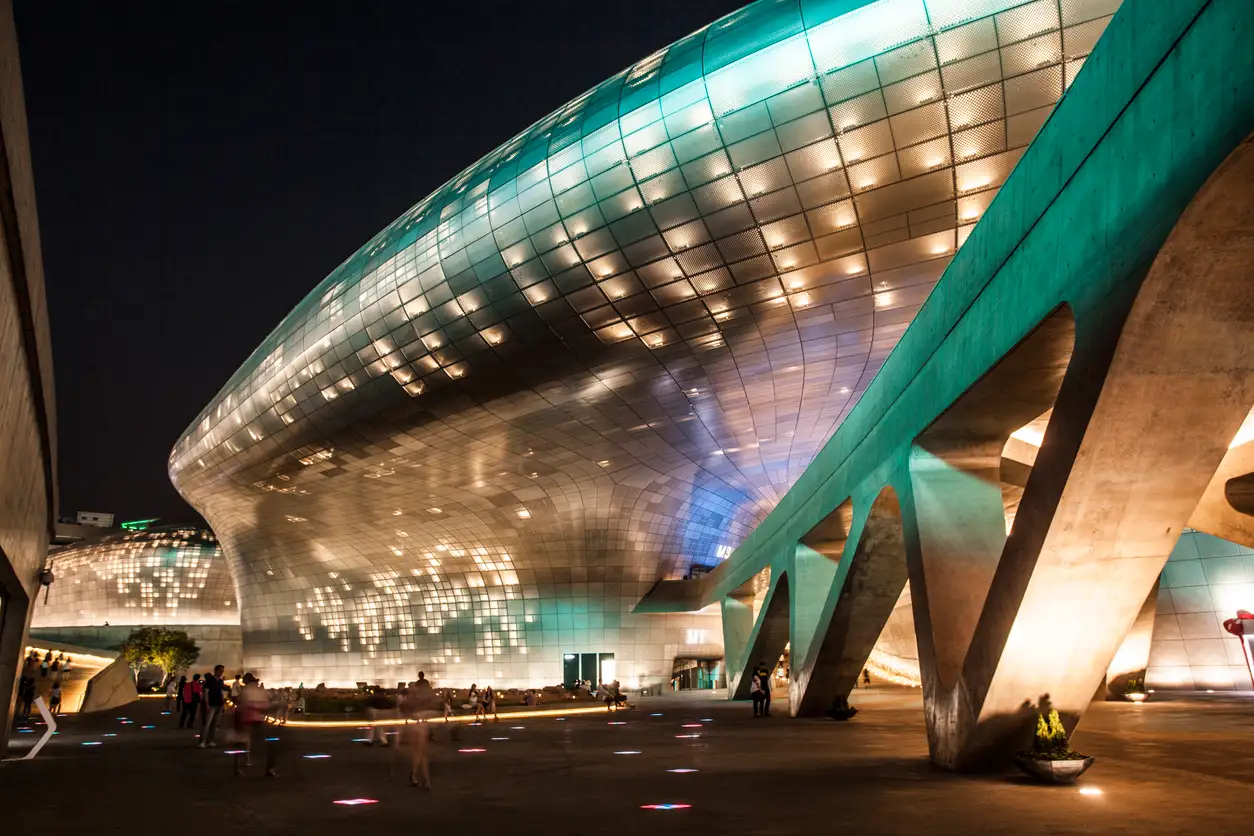
19. Seoul, South Korea - 161% increase in arrivals
Since the 1997-8 Asian financial crisis, South Korea has enjoyed two decades of prosperity and growth. Nowhere is this more visible than in its largest and capital city, Seoul. Its futuristic Incheon Airport opened in 2001 and is now one of the world’s largest, welcoming millions of international visitors each year. In 2010, Seoul was named World Design Capital. Innovative construction projects took the city by storm, including the new Dongdaemun Design Plaza, which is well worth visiting.
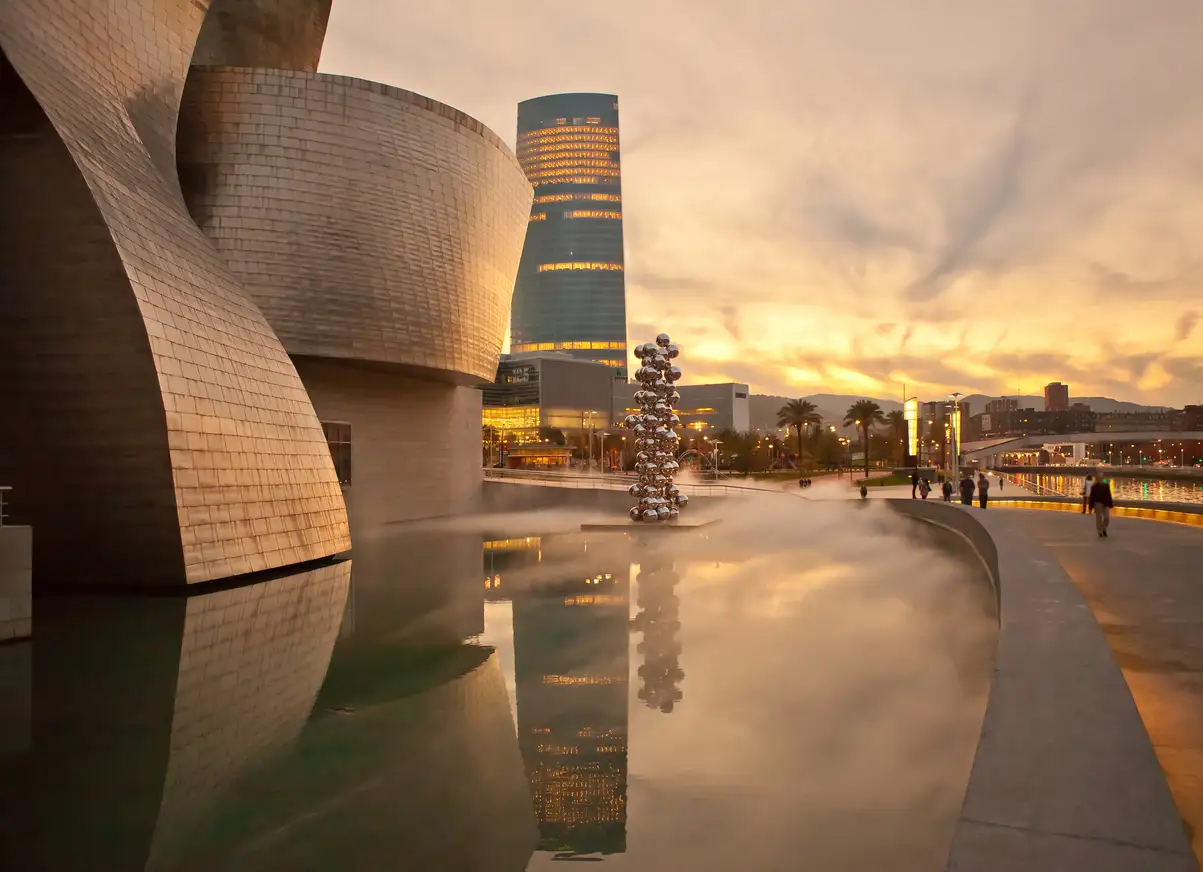
20. Bilbao, Spain - 114% increase in arrivals
Ambitious construction projects in the 21st century transformed Bilbao from being a scarcely-known port city in northern Spain into a bustling center for trade, tourism, and culture. Its riverside was extensively redeveloped, including the Guggenheim Museum Bilbao. Considered one of the 12 Treasures of Spain, this museum’s iconic design was masterminded by star architect Frank Gehry. Despite having a population of just 350,000, Bilbao even has its own metro system that opened in 1995 - this impressive city really punches above its weight.
Methodology
We used data provided by the airports in the respective cities to calculate the increase in passenger arrivals from the year 2000 to 2018. 2018 was chosen as not all airports had released their 2019 statistics at the time the research was conducted. In the case that the city has two airports (e.g. Berlin) or opened a second airport since 2000 (e.g. Seoul), we combined passenger statistics from both airports. For Manila and Budapest, we looked at the increase from 2001 to 2018; Porto 2004-2018; Mumbai 2003-2018; Kigali 2004-2016. This was due to data availability.